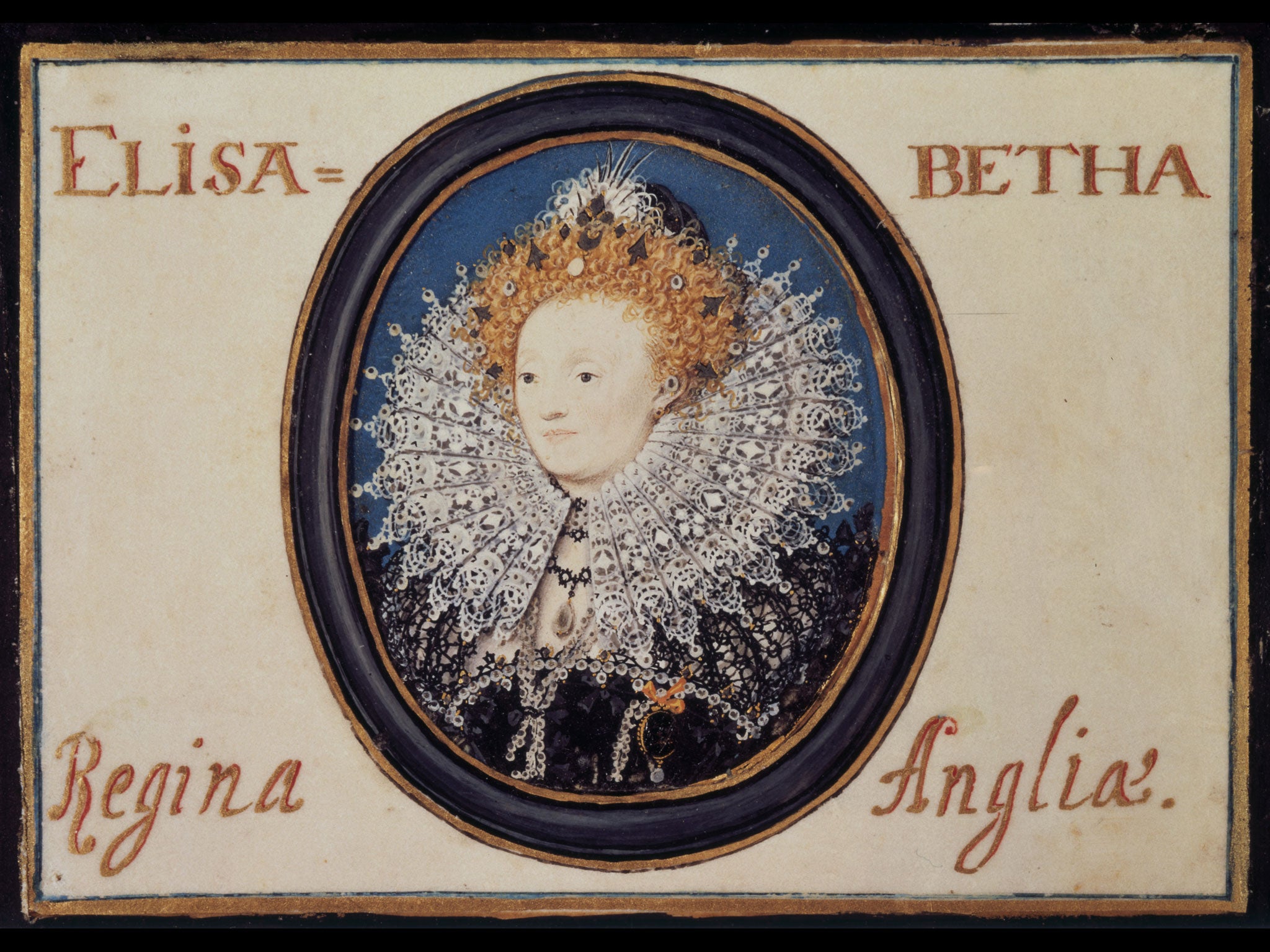Exhibition review: Treasures of the Royal Courts - Tudors, Stuarts and the Russian Tsars
Ingenious use for an unwanted royal tribute – offload it on a passing tsar

Does this do what it says on the tin and does it matter if it doesn't? At the start of the V&A's latest exhibition you're led to believe that the objects on display will tell a particular story. This, according to a board at the entrance, is the story of diplomatic gift-exchange between the Tudor and Stuart courts and their counterparts in Russia – then known as Muscovy. You perhaps have an idea of what to expect: grand, decorative items of little practical use intended to trumpet the wealth, artistic sophistication and general cultural kudos of the gift-giving country. Our present Queen must have warehouses of the stuff.
Within a few paces, though, the exhibition appears to be following a different trail. The Dacre Beasts are four huge heraldic carvings made to display the coats of arms of one of the most powerful families in Tudor England. The Dacre Bull is painted blood-red and stands 7ft tall on its hind hoofs displaying magnificent balls; alongside it, equally impressive and also, as they say in heraldry, rampant, are a griffin, a ram and a peculiarly aggressive dolphin, balancing on its tail. Each sports a metal collar attached to a hefty chain which would have supported Thomas, Lord Dacre's shield at home and in battle. His personal war cry, we learn, was "A red bull, a red bull, a Dacre, a Dacre!", and it's not hard to imagine that combined sight and sound rattling an enemy. Perhaps we're meant to infer that England shipped such items to Moscow: if so, it's not made clear.
Ditto a display of armour, including the top-to-toe suit made for Henry VIII in his latter, most portly years. Its height and girth are of interest, and the ingenious means of flexibly encasing the feet, but, again, the place of armour in the catalogue of courtly gift-exchange is unexplained. What use is a metal suit unless it fits?
More than half the exhibits raise more questions than they answer, fascinating as many of them are. A section devoted to the art of the miniature – tiny portraits painted on strips of vellum no bigger than a playing card – is accompanied by an absorbing video demonstrating the technique, which includes preparation of the painting surface by vigorous rubbing with an animal tooth. But the notion that the tsar of the time might have received locket-sized images of anonymous Englishmen, or even the Virgin Queen, is left fuzzy. Quite possibly, nobody knows.
In truth, this show is a thing of two, only partly overlapping halves. View it as a random selection of the prized possessions of the English landed class, and the gold-embroidered nightcap, the silver pepper-caster, the pictorial bed valence and jewels bestowed by Elizabeth I upon her favourite courtiers all have their place. Clearly, the curators struggled to assemble sufficient material on the theme of international diplomacy and the founding of the Muscovy Company, a trading enterprise backed by several Elizabethan aristos, and simply bulked out what they had.
Some of the most affecting items are the least flamboyant. It's oddly thrilling to see the pen-and-ink diagram made by the Elizabethan court's events planner for a reception in honour of the Moscow ambassador on Twelfth Night, 1601, the same evening that Shakespeare's play premiered in an adjoining room. Shown clearly on this floorplan are two large benches for the display of treasure normally kept under guard at the Tower of London. This would have been carted across town, at no small risk, for the sole purpose of impressing the foreign visitor.
It's intriguing to discover, too, that much of the over-the-top, gilded silverware sent as diplomatic booty to the Kremlin during the 1600s was secondhand, presented originally to the English monarch of the day by ambitious courtiers hoping to gain favour. The discreet practice of re-gifting, it seems, is as old as the hills.
To 14 July (020-7942 2000)
Subscribe to Independent Premium to bookmark this article
Want to bookmark your favourite articles and stories to read or reference later? Start your Independent Premium subscription today.

Join our commenting forum
Join thought-provoking conversations, follow other Independent readers and see their replies